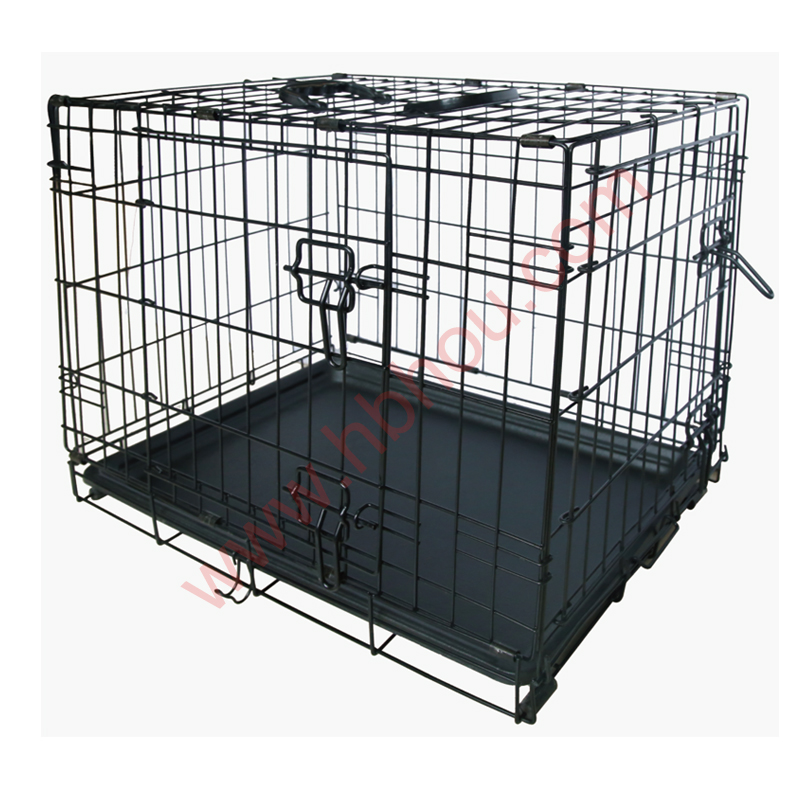The Melilla Border Fence A Barrier of Controversy and Complexity
The Melilla border fence, a stark and imposing structure, has become a focal point of discussion surrounding migration, security, and human rights at the crossroads of Europe and Africa. Melilla, an exclave of Spain located on the northern coast of Morocco, is one of the two European cities in Africa. The border fence, stretching approximately 12 kilometers, was erected to manage the inflow of migrants and prevent illegal crossings into the European Union. Its presence speaks volumes about the complex dynamics of migration, national security, and human rights.
Historical Context
The Melilla border fence has its roots in a broader historical narrative of colonialism and migration. Spain’s long-standing control over Melilla dates back to the late 15th century, while Morocco gained independence from colonial powers in the mid-20th century. This historical backdrop has shaped the region’s demographics and led to persistent tensions. The modern wave of migration from sub-Saharan Africa towards Europe intensified in the 21st century, with Melilla becoming a preferred entry point for those seeking a better life in Europe.
Construction and Features
The construction of the border fence began in the early 1990s and has undergone multiple enhancements since then. The current iteration features two parallel fences topped with barbed wire, extensive surveillance systems, and patrolling forces. The design aims not only to deter illegal crossings but also to protect the lives of those attempting to scale its heights. The fence stands as both a physical and symbolic barrier, representing the divide between two worlds—one of opportunity and one of hardship.
Migration and Human Impact
melilla border fence

As the number of migrants attempting to enter Melilla has surged, so has the human cost associated with these perilous journeys. Many migrants, oftentimes fleeing conflict, persecution, or poverty, face treacherous conditions as they attempt to cross the Mediterranean or navigate the harsh terrain surrounding the border. Reports of deaths and injuries while attempting to surmount the fence are frequent, highlighting a grim reality of desperation and vulnerability. The plight of these individuals raises urgent questions about the ethics of border control practices and the moral responsibility of nations.
Security versus Human Rights
The Melilla border fence encapsulates a broader debate between national security and human rights. Proponents argue that the fence is essential for maintaining the integrity of the EU’s borders and preventing human trafficking and illegal immigration. They view it as a necessary measure to safeguard both national security and the resources of European states. Conversely, critics argue that the fence represents a violation of human rights. They contend that it dehumanizes migrants and turns desperate individuals into criminals simply seeking safety and dignity. Moreover, these critics highlight the inhumane conditions faced by migrants in makeshift camps in Morocco, where many await their chance to cross.
International Response and Future Directions
The situation at the Melilla border fence has garnered attention from various international human rights organizations, urging Spain and the EU to adopt more humane migration policies. Calls for better treatment of migrants, legal pathways for entry, and systemic reforms in local and international migration laws have gained momentum. Countries in the Global North are increasingly pressured to address the root causes of migration, such as poverty, conflict, and climate change, rather than merely fortifying their borders.
Conclusion
The Melilla border fence stands not only as a physical structure but as a powerful symbol of the complexities facing contemporary societies grappling with migration. It encapsulates the dual narratives of security and humanitarian concern, urging a re-examination of how nations respond to the plight of migrants. As the world continues to change, the challenge will be to find a balance that prioritizes both safety and dignity, creating a future where borders are not barriers to hope, but gateways to understanding and solidarity.
















